
|
|
|
| synonym |
|
| description |
A reddish-brown to dark brown species that resembles G. turriculatus but has a shorter pronotal horn. Like G. turriculatus, this species has a whitish edge to the inner part of the pronotal horn and the pronotum, often times extending to the rear tip of the pronotum. |
| distribution |
Eastern and central North America, as far west as the Rocky Mountain states. (BG) |
| abundance |
Several records across the state; uncommon to rare. Seasonal distribution: 16 May-4 August (CTNC) |
| seasonal_occurrence | |
| habitat |
|
| plant associates |
Quercus alba, Q. rubra (CTNC); also Q. falcata (CTGSMNP) as well as Q. ilicifolia (bear or scrub oak), Q. macrocarpa (bur oak), and Q. velutina (black oak) (Wallace 2014). Adults have additionally been found on Betula alleghaniensis (yellow birch), Castanea dentata (American chestnut), Carya (hickory), Corylus americana (American hazelnut), Prunus serotina (black cherry), Q. berberidifolia (California scrub oak), Q. bicolor (swamp white oak), Q. coccinea (scarlet oak), Q. ellipsoidalis (northern pin oak), Q. montana (chestnut oak), Q. palustris (pin oak), Salix nigra (black willow), Salix scouleriana (Scouler’s willow), and Vitis (grape) (Wallace 2014). |
| behavior |
To listen to the male courtship call for this genus, listen here. These courtship calls are not audible to the human ear, and the calls here are produced by recording the substrate vibrations that the treehoppers use to communicate through the plants themselves. The recorded call is then amplified so that it is now audible to human ears. Research has shown that treehoppers use vibrations to attract mates, to announce the discovery of a good feeding site, or to alert a defending mother to the approach of a predator (T.IM). |
| comments |
|
status |
[Native:]
[Introduced:]
[Extirpated:] | | list_type |
[Official:]
[Provisional:] |
| adult_id | Unmistakable and widely known Identifiable from good quality photos of unworn specimens
Identifiable from photos showing undersides, or other specialized views [e.g., legs, face]
Identifiable only by close inspection of structural features or by DNA analysis NULL |
| nymph_id | Unmistakable and widely known Identifiable from good quality photos, especially where associated with known host plants
Identifiable from close inspection of specimens or by DNA analysis
Identifiable only through rearing to adulthood NULL |
| G_rank |
|
| S_rank |
|
| rank_comments |
|
| tribe |
Telamonini |
| subgenus |
|
Species Photo Gallery for Glossonotus univittatus No Common Name |
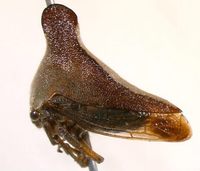 | Photo by: Matthew S. Wallace
Out Of State Co.
Comment: female |  | Photo by: Randy L Emmitt
Orange Co.
Comment: |
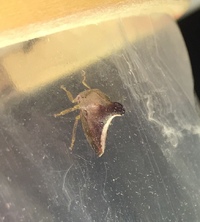 | Photo by: Randy L Emmitt
Orange Co.
Comment: liked the bright mercury light. Might be another Oak Treehopper another was seen earlier. | 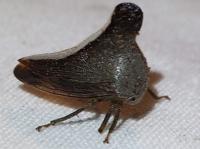 | Photo by: Randy Emmitt
Orange Co.
Comment: UV lights. |
 | Photo by: Randy Emmitt
Orange Co.
Comment: UV lights. | 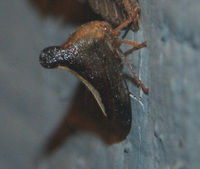 | Photo by: Vin Stanton
Buncombe Co.
Comment: |
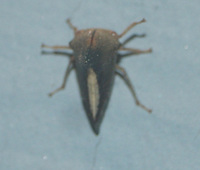 | Photo by: Vin Stanton
Buncombe Co.
Comment: | 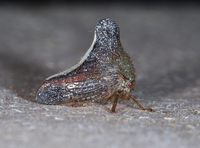 | Photo by: Jim Petranka
Buncombe Co.
Comment: |
|

 »
»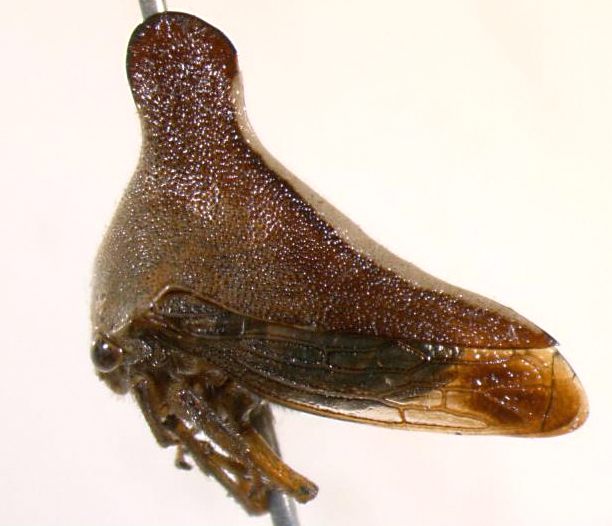



 »
»

